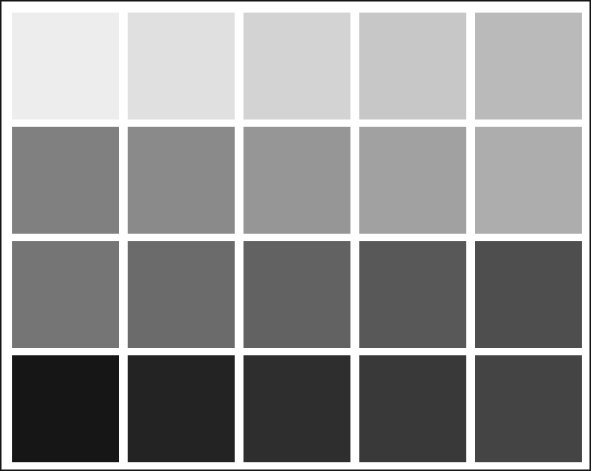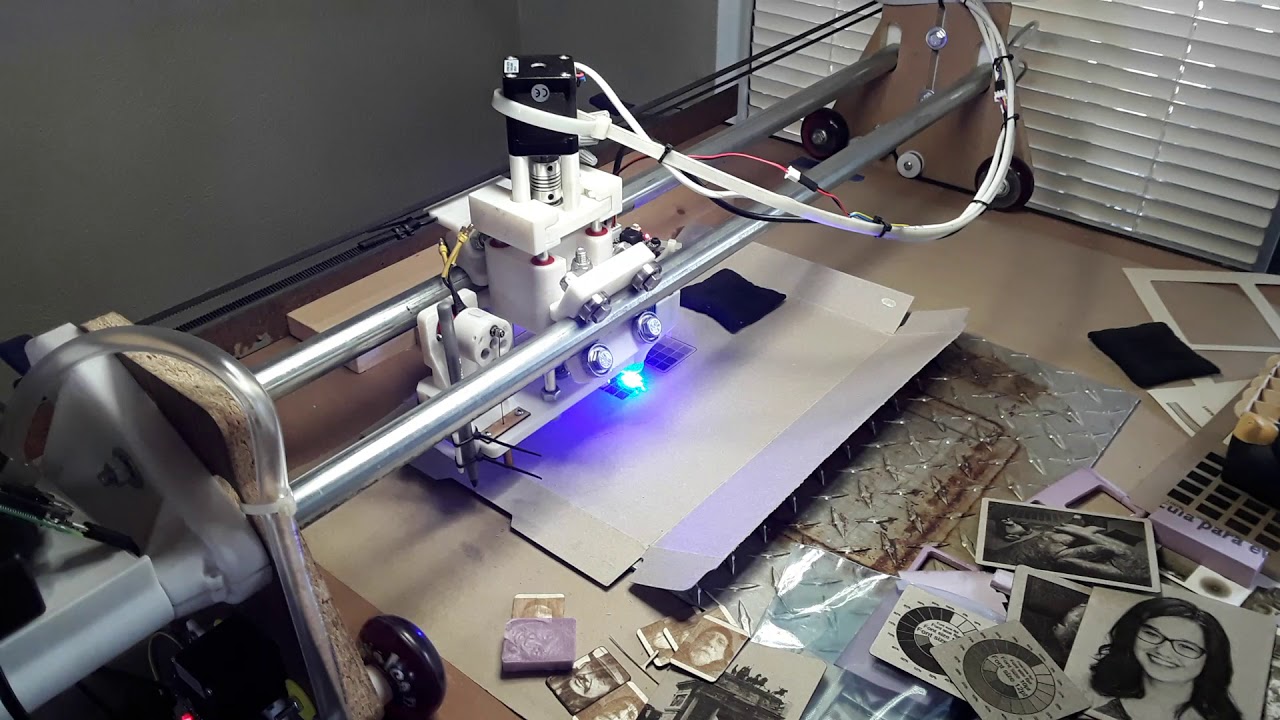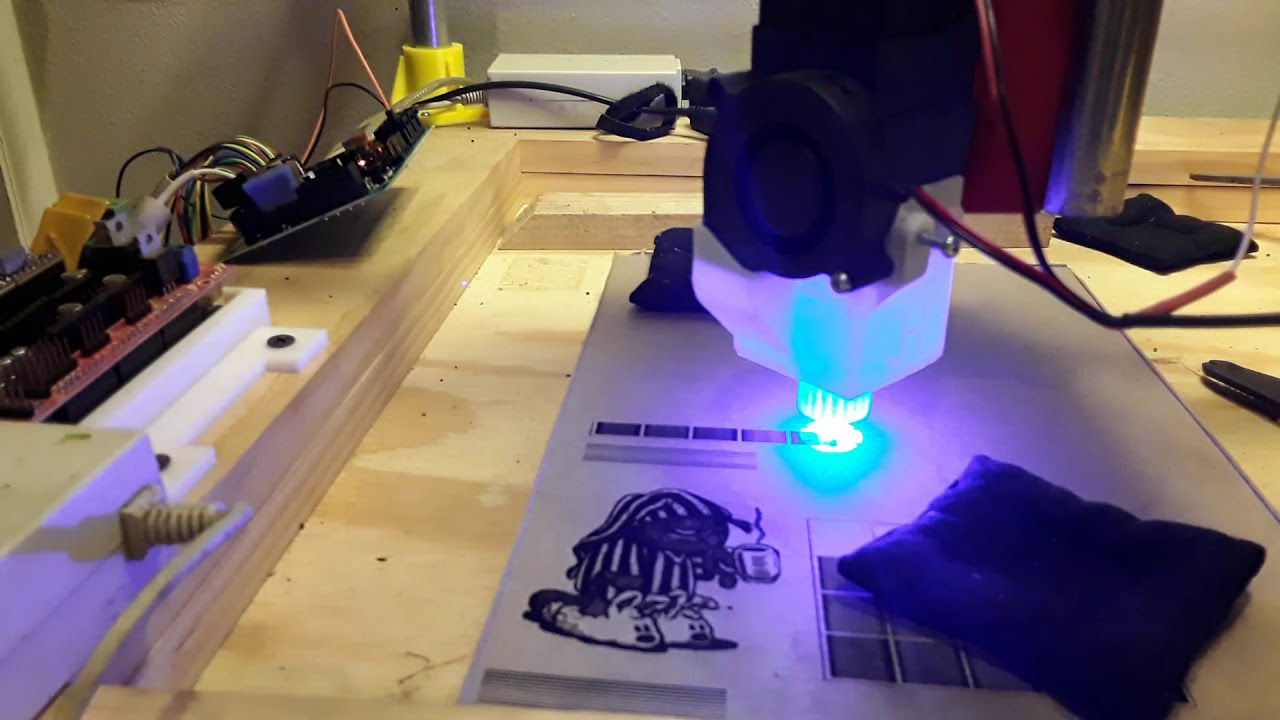TBH I’m shocked the comparison is as similar as it is… given that the only thing these two tests had in common was the test image, material, feedrates, and resolution.
The Marlin tests were conducted over a year ago… in a different city, a different house, under different lighting conditions, with a different camera, different CNC machine, different controller, different firmware, and different gcode generator/post-processor. Using the “tones”/shaded blocks, I tried to make the side-by-side pictures similar enough to get a general idea of the overall “balance”/contrast of light and dark blocks for each run.
But what we were actually testing at the time was the “overburn”/acceleration effects on the shaded blocks as the laser power changed from block to block… especially apparent on the 50 mm/s (3000 mm/min) run. Marlin definitely showed the effects (darkened, overburnt edges) of starting/stopping at each block boundary and no laser power adjustment as the carriage accelerated and decelerated to speed. And we were having to use the M106/M107 fan control gcodes to control the laser… Marlin’s M3/M4/M5 gcode only seemed suited for spindle control IIRC.
Grbl, for the last year or more (since version1.1f), has used the same M3/M4/M5 gcodes to control both a spindle or a laser. With a spindle (“laser mode” disabled), each speed change is accompanied by a stop and pause, to allow the RPM to stabilize to a new value. With “laser mode” enabled, the stop and pause is eliminated and the motion is smooth and continuous. Also, the laser’s power/intensity is dynamically adjusted with the current feedrate… reducing to 0 when the motion stops and increasing/decreasing with the acceleration and deceleration of the carriage during a change in feedrate. In fact, I often pause a burn in progress – it stops instantaneously with the laser OFF – when I need to leave the room… and I simply resume it when I get back, with no visible effect.
So, to me, ignoring “tonal” differences, it is the clean edges (not overburnt) and uniform shading that stands out on the Grbl runs. And they really are both run at the same 0.2mm resolution… though it does appear that the Grbl photo (taken yesterday IIRC) is maybe closer and better focused, revealing a little more “daylight” between lines and giving it a bit “coarser” look.
I’m, of course, not trying to start a “holy war” here. I’m just trying to prove to myself (and anyone interested) that – for me and my need(s) – Grbl’s “laser mode” seems to be responsible for the better quality of my recent photo engravings and my laser “tool” of choice. I’ve still got a long way to go to achieve @Bulldog’s results (over on the Lightburn forum) but I seem to be getting better. I’m still an avid fan of MPCNC and am thrilled to see Marlin making progress because of the hard work of many of you here. Roger’s results… I find very encouraging. I say… keep up the good work. And let’s keep it going! IMHO this is FUN! 
– David









